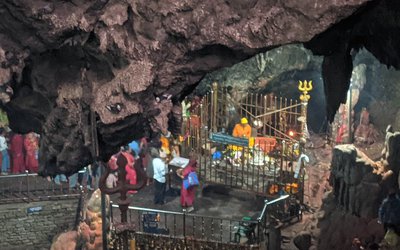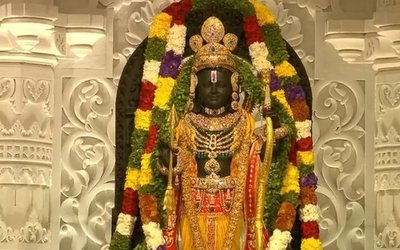The devastating earthquake on April 25th claimed not just the lives of many but also many cultural gems. The Kathmandu, Patan, and Bhaktapur Durbar Squares were cultural hubs of central cities with architectural structures constructed during the Malla, Shah, Thakuri and even older dynasties. More than 30 such monuments in Kathmandu, alone, were damaged. The Vastala Devi Temple in Bhaktapur Durbar Square, the nine-story palace at the Kathmandu Durbar Square many other small temples around the Patan Durbar Square suffered severe damage. Most of the demolished structures had been constructed in Newa architectural designs that represented the history of the culturally rich Kathmandu valley.
In existence since the primordial times, the Newari culture is an integral part of the foundation of modern Nepali art and architecture. For centuries now, Newars, the indigenous inhabitants of the valley have developed their own techniques and images, conceiving their own art form, popularly known as Newa Art.
Newari architecture has been subject to popular interest nationally and internationally. The architecture typically includes enticing wood carvings and extensive brick use to create desired structures. The architectural styles were popularized by their use in building palaces and temples at the Kathmandu, Patan and Bhaktapur Durbar Squares, some dating back to the third century from the Licchavi period.
But even among Newari architecture, their stylistically unique windows get a lot of attention. The detail of the design, and its popularity peaked during the 18th century, having been used in the construction of palaces and households. The windows are carved in rich design often featuring deities, cultural symbols, mythical creatures and some characteristic Nepali patterns. Interestingly, the type of window associated with each level of the house depends upon the purpose of each story. The Sanjhya is formed on an alcove in the room, towards the centre on the third of fourth floors of the room, while Gajhya, also forming on an alcove, is located below the roof of the structure. The Pasukha Jhya has five divisions that symbolize the five Dhyani Buddhas and is popularly found on shrines. The most common Newari window is the Tikijhya, allowing light and air to enter the room through small holes in the wood but prohibiting anyone outside to see inside.
The beauty of Newa Art is that, just as other Nepali art forms, it is rich in detail, lively, capable of influencing even connoisseurs of art around the world. It reflects the Nepali culture and creativity and is an epitome of the meeting of traditional values and artistic scope. It is a living entity in itself, a manifestation of the Nepali living.
A huge task lies ahead in rebuilding the destroyed heritages which owes a lot to the Newa form of art. Although the government and agencies like UNICEF have already taken initiatives, it would be require a great deal of effort and skill to recreate the grandeur and alluring beauty of the architecture.
- One Book to Rule Them All
- Aug 01, 2016
- Musical Medicine
- Jul 08, 2016
- Lights, No-Camera, Action!
- Jun 02, 2016
- Techno-Revolution: A Force To Embrace
- May 20, 2016
- The Nepalese ‘Broadway’ Movement
- Mar 30, 2016

















